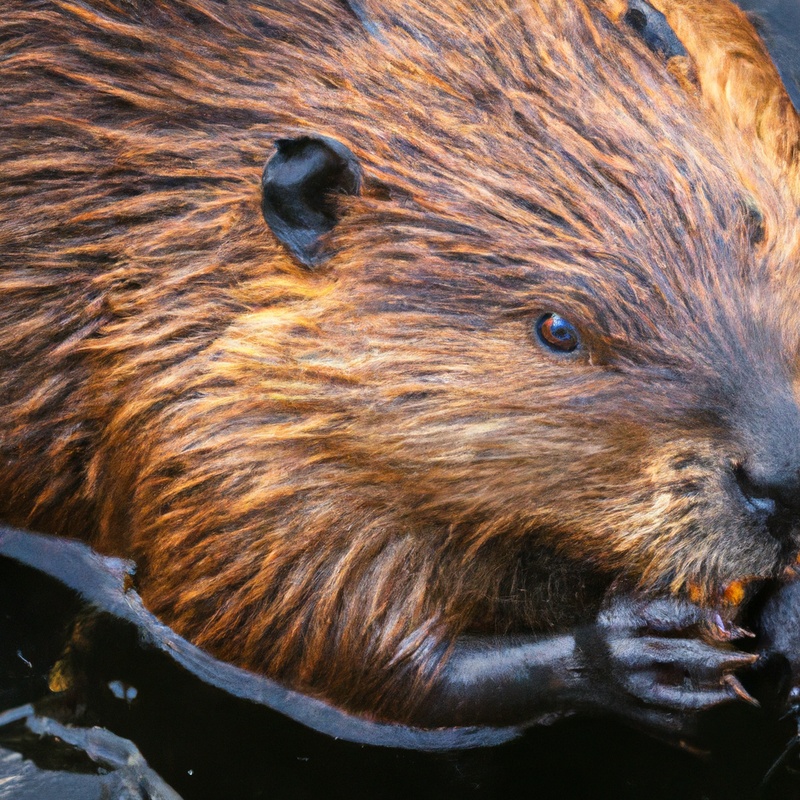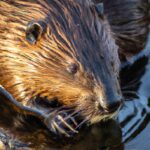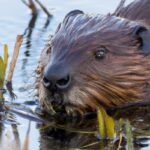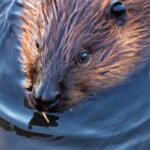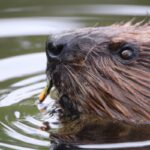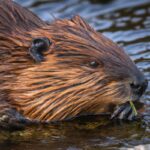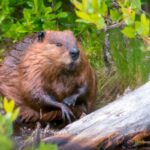Key Takeaways:
- Beaver hunting is a traditional practice in Alaska, driven by the need to manage their population and mitigate environmental impact.
- Regulations and guidelines are in place to ensure responsible and sustainable beaver hunting practices.
- Beaver pelts are highly valued for their quality and versatility, making hunting an important economic activity in some regions.
- The hunting season for beavers in Alaska typically runs from November to March, coinciding with their winter fur conditions.
Imagine embarking on a thrilling adventure deep in the heart of Alaska, where the rugged wilderness offers a unique opportunity – beaver hunting.
But why is beaver hunting in Alaska so important?
Well, these industrious creatures play a crucial role in the state’s ecosystem, impacting everything from water management to habitat creation.
Not only that, but beaver hunting also holds economic significance, attracting hunters eager for their valuable pelts.
In this article, I’ll walk you through the essential legal regulations, equipment and techniques, safety considerations, and even the process of utilizing beaver meat and pelts.
Get ready to explore the wild as we dive into the fascinating world of hunting beavers in Alaska.
Aspect | Advantages | Disadvantages |
|---|---|---|
Availability | Abundant beaver population in Alaska | Seasonal limitations for hunting |
Challenge | Exciting hunting experience in rugged terrain | Requires advanced hunting techniques |
Regulations | Strict regulations to manage population | Limited hunting permits |
Economic Impact | Contributes to local economy through tourism | Potential damage to natural habitat |
The Importance of Beaver Hunting in Alaska
The economic significance of beaver hunting in Alaska
Beaver hunting in Alaska holds significant economic importance. The fur industry greatly benefits from beaver pelts, which are in high demand for their warmth and durability.
Hunters not only sell the pelts but also contribute to local economies through their hunting activities, purchasing supplies, and supporting related industries.
Additionally, beaver hunting helps regulate the beaver population, preventing overpopulation and consequent damage to forests and waterways. The economic significance of beaver hunting in Alaska cannot be understated, as it serves both commercial and ecological purposes.
Legal Regulations for Beaver Hunting in Alaska
Required permits and licenses
To legally hunt beaver in Alaska, you will need to obtain the necessary permits and licenses. Firstly, you will need to have a valid Alaska hunting license, which is required for all hunters in the state.
Additionally, you must obtain a trapping license if you plan to use traps to hunt beaver.
Trapping regulations may vary, so it’s important to familiarize yourself with the specific requirements. Lastly, if you are a non-resident, you might need to have a non-resident tag for beaver hunting.
Remember to always follow the rules and regulations to ensure a legal and responsible hunting experience.
Hunting seasons and bag limits
Hunting seasons for beaver in Alaska typically run from September to March.
Bag limits for beaver vary by region and are enforced to ensure sustainable populations.
In most areas, the bag limit is three beavers per hunter per season.
It’s important to check the specific regulations for the region you plan to hunt in, as bag limits and hunting seasons may differ.
Additionally, be aware of any additional restrictions or requirements, such as licensing and reporting obligations.
Always hunt responsibly and respect the local wildlife management rules.
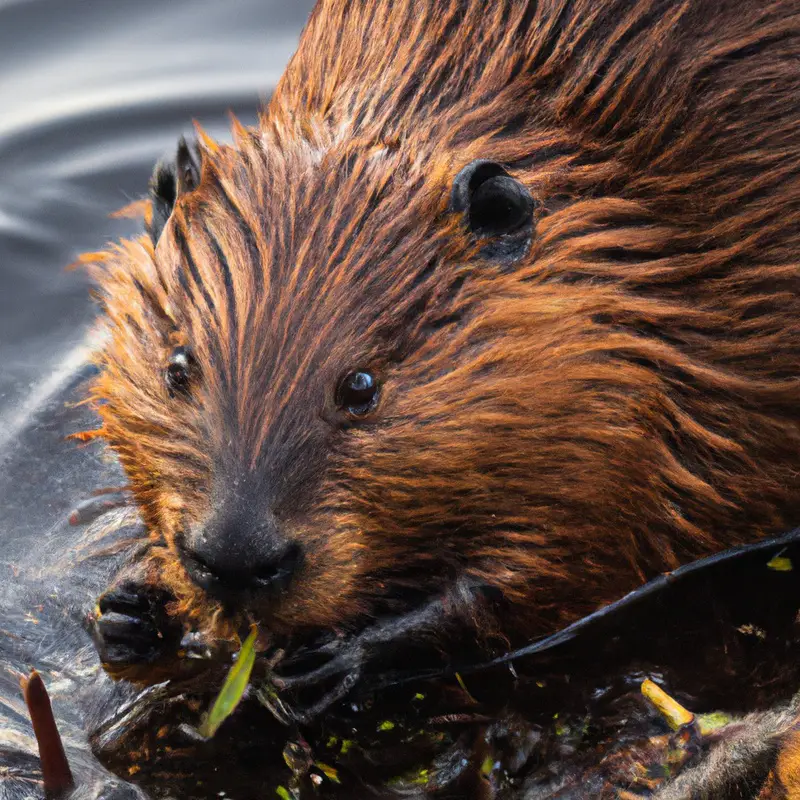
Equipment and Techniques for Beaver Hunting in Alaska
Choosing the right firearm for beaver hunting
When choosing a firearm for beaver hunting, you’ll want to consider a few important factors.
Firstly, opt for a firearm with enough power to effectively take down a beaver.
A .22 caliber rifle or a shotgun with a small shot size can be suitable.
Secondly, consider the weight and maneuverability of the firearm, as you might have to navigate through dense vegetation or rough terrain.
Lastly, make sure you are comfortable and familiar with the firearm you choose, as accuracy is crucial for a successful hunt.
Tips for setting up effective beaver traps
Setting up effective beaver traps requires attention to detail and careful planning.
Here are some tips for success:
- Location is key: Look for signs of beaver activity such as chewed trees, dams, or pathways leading to the water. Setting traps near food sources or regular travel routes increases the chances of catching a beaver.
- Choose the right trap: Conibear traps are commonly used for beaver trapping. Select a trap size appropriate for capturing beavers and ensure it is set correctly to maximize efficiency.
- Camouflage the trap: Beavers are cautious creatures, so disguise the trap with natural materials like leaves, twigs, or mud to make it look more appealing to them.
- Set multiple traps: Increase your chances of success by setting multiple traps along the beaver’s activity area.
- Check your traps regularly: It is important to monitor your traps frequently to ensure the safety and welfare of the captured beaver. Promptly release non-target animals and take appropriate actions for humane trapping.

Strategies for tracking and ambushing beavers
To track and ambush beavers successfully, there are a few strategies that I recommend.
Firstly, it’s important to familiarize yourself with the beaver’s habitat, such as their dams and lodges, as they tend to stick close to these areas.
Secondly, look out for signs of their presence, such as chewed trees and slides.
Once you have identified a location, try to find a hidden spot nearby where you can wait patiently for the beavers to appear.
Remember to stay quiet and still so as not to scare them away.
Finally, be prepared with proper gear, such as a scoped rifle or a bow and arrow, to ensure a successful ambush.
With these strategies, you’ll increase your chances of a successful beaver hunt.
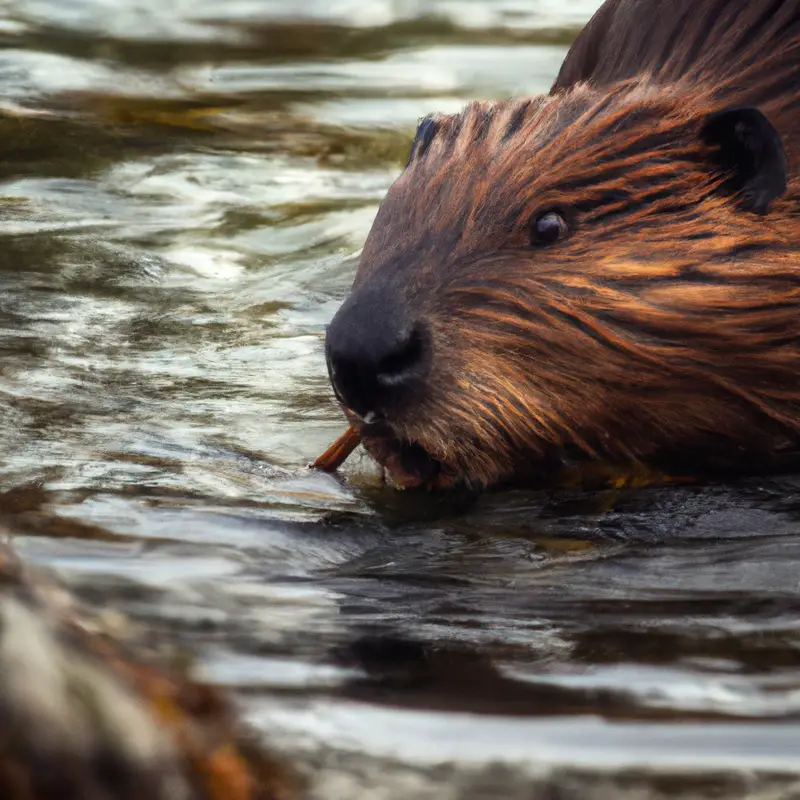
Safety Considerations for Beaver Hunting in Alaska
Understanding potential dangers and risks
Understanding potential dangers and risks while hunting beaver in Alaska is crucial for a safe and successful experience. One major concern is the remote and rugged terrain, which can pose hazards such as falls, cuts, and sprains.
Another risk is encountering dangerous wildlife like bears or moose.
It is important to stay cautious and alert at all times. Additionally, extreme weather conditions, such as freezing temperatures and strong winds, can also put you at risk.
Being properly equipped, planning ahead, and respecting the environment will help you stay safe during your hunting expedition.
Safety tips for hunting in remote areas
When hunting in remote areas, safety should be your number one priority. Here are some tips to keep in mind:
- Plan your trip carefully: Before heading out, familiarize yourself with the area, pack appropriate gear, and inform someone about your plans.
- Stay aware of your surroundings: Keep an eye out for potential dangers such as steep slopes, unstable terrain, or wildlife confrontations.
- Carry essential safety gear: Always have a first aid kit, navigation tools, extra food and water, and communication devices like a satellite phone or emergency beacon.
- Dress appropriately: Wear layers, waterproof clothing, and sturdy footwear to protect yourself from changing climates and rugged terrain.
- Be mindful of firearm safety: Treat every firearm as if it’s loaded, keep the muzzle pointed in a safe direction, and never shoot unless you are absolutely certain of your target and what’s beyond it.
- Stay hydrated and well-rested: Hunting in remote areas can be physically demanding, so make sure you drink enough water and get enough rest to avoid exhaustion or dehydration.
- Respect wildlife and the environment: Follow local hunting regulations, practice ethical hunting methods, and leave no trace by properly disposing of waste and minimizing your impact on the environment.
Processing and Utilizing Beaver Meat and Pelts
Steps to properly skinning and butchering a beaver
When it comes to properly skinning and butchering a beaver, there are a few steps you should follow. First, locate the vent where waste is expelled and make a shallow cut around it.
From there, make a vertical incision along the belly, stopping at the chest.
Next, carefully peel back the skin, using a knife to separate it from the flesh. Remove the hind legs first, followed by the front legs and head.
Finally, cut the body in half, splitting the backbone.
Butchering a beaver requires attention to detail and precision, so take your time and be mindful of where you make your cuts.
Different ways to prepare and cook beaver meat
When it comes to preparing and cooking beaver meat, there are several delicious options to choose from. Here are some different ways to enjoy this unique protein:
- Roasting: One of the simplest methods is to roast beaver meat in the oven. Season with herbs and spices, then cook until tender and juicy.
- Stewing: Beaver meat is well-suited for stews, as the slow cooking process helps to tenderize the meat. Add vegetables, broth, and your favorite seasonings for a hearty meal.
- Grilling: For a smoky flavor, grill beaver meat over a hot fire. Marinate beforehand to enhance the taste and serve with your choice of sides.
- Sausages: Ground beaver meat can be used to make flavorful sausages. Combine with spices and herbs, then stuff into casings or shape into patties for a unique twist on traditional sausage.
- Braising: Braising is a great way to cook beaver meat, as the long, slow cooking process infuses it with flavor and makes it tender. Braise with vegetables and broth for a comforting and satisfying dish.
Remember, when cooking beaver meat, it’s important to handle and cook it properly to ensure food safety. Enjoy experimenting with these cooking methods to bring out the best flavors in this wild game meat!
Uses for beaver pelts and fur
Beaver pelts and fur have been prized for their warmth and durability.
Here are some popular uses for them:
- Clothing: Beaver fur is frequently used to make coats, hats, and gloves. The dense fur provides excellent insulation against the cold.
- Home Decor: Beaver pelts can be used to create blankets, rugs, and pillows, adding a cozy touch to your living space.
- Crafts: Beaver fur is often used in crafting projects, such as making teddy bears or creating intricate designs on accessories like purses or boots.
- Fly Fishing: Beaver fur is used to make flies for fly fishing. The texture and color of the fur make it an attractive choice for mimicking aquatic insects.
- Traditional Indigenous Use: Many Indigenous cultures have historically used beaver pelts and fur for clothing, shelter, and ceremonial purposes.
These are just a few examples of how beaver pelts and fur can be utilized.
Their versatility and quality make them valuable resources in various industries and traditions.
Conservation and Sustainable Practices in Beaver Hunting
Importance of managing beaver populations
Managing beaver populations is important for several reasons.
It helps to maintain a healthy balance in ecosystems by preventing overpopulation.
By controlling beaver populations, we can reduce damage to forests, farmland, and waterways caused by excessive damming and flooding.
Moreover, it can minimize conflicts between humans and beavers, as well as protect endangered fish species that rely on healthy habitats.
The management of beavers allows for sustainable use of their resources while ensuring the overall health and diversity of the ecosystem.
Techniques for responsible beaver trapping
To ensure responsible beaver trapping, here are some techniques you can follow:
- Use humane trapping methods that minimize the suffering of the beaver, such as body-gripping traps that quickly and effectively dispatch the animal.
- Set traps in a strategic manner to target only beavers and avoid unintentionally trapping non-target species. This can be done by using bait or scent lures specifically designed for beavers.
- Regularly check and monitor the traps to minimize the time the beaver spends in the trap, reducing stress and potential injury.
- Have a deep understanding of local regulations and laws regarding trapping. This will help ensure you are in compliance and minimize any negative impact on the beaver population.
- Consider working with local wildlife management authorities or conservation organizations to receive proper training and gain knowledge about the best practices for responsible beaver trapping in your specific area.
Final Verdict
Hunting beavers in Alaska is not only an important aspect of the state’s ecosystem management, but also holds significant economic value. With the right permits and licenses, hunters can engage in this activity during designated seasons and bag limits.
It is crucial to equip oneself with the right firearms, trapping techniques, and tracking strategies for a successful hunt.
Safety considerations must be taken into account, especially when venturing into remote areas. Additionally, proper processing and utilization of beaver meat and pelts can provide valuable resources.
Ultimately, responsible and sustainable hunting practices are necessary to ensure the conservation of beaver populations.
